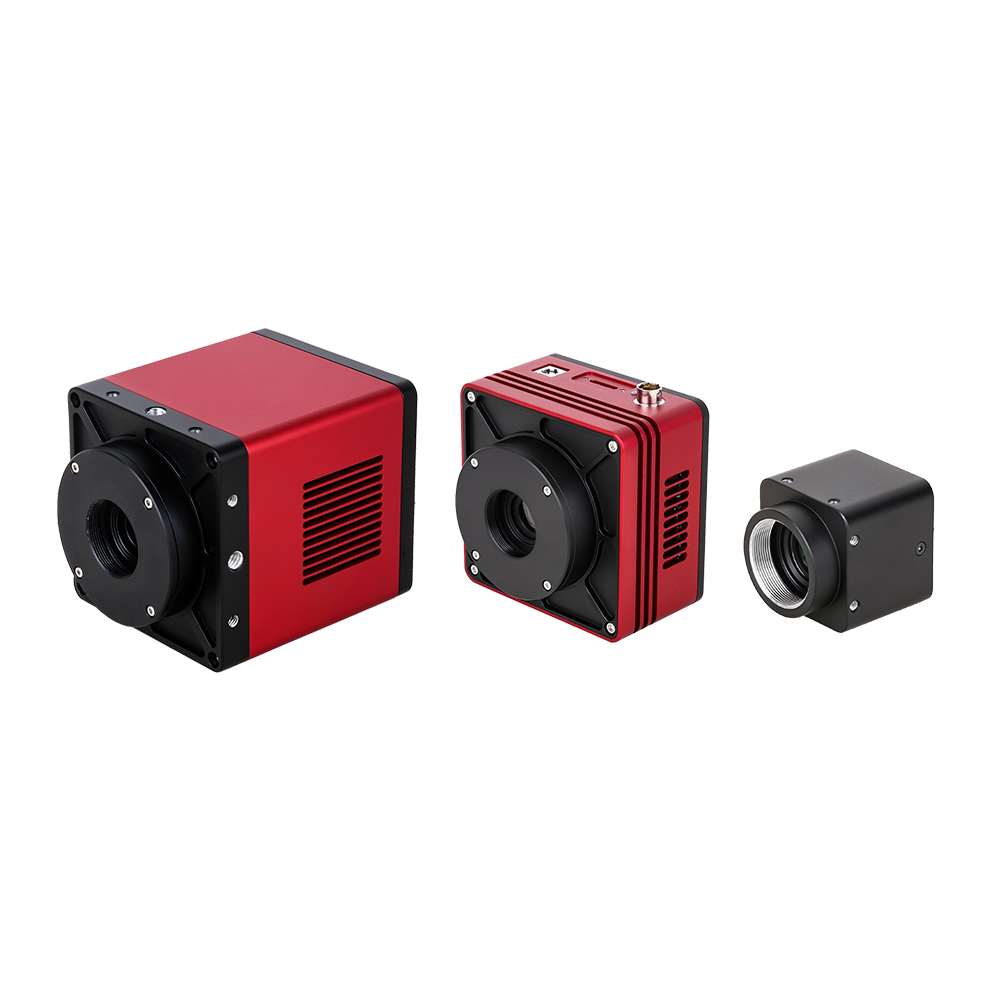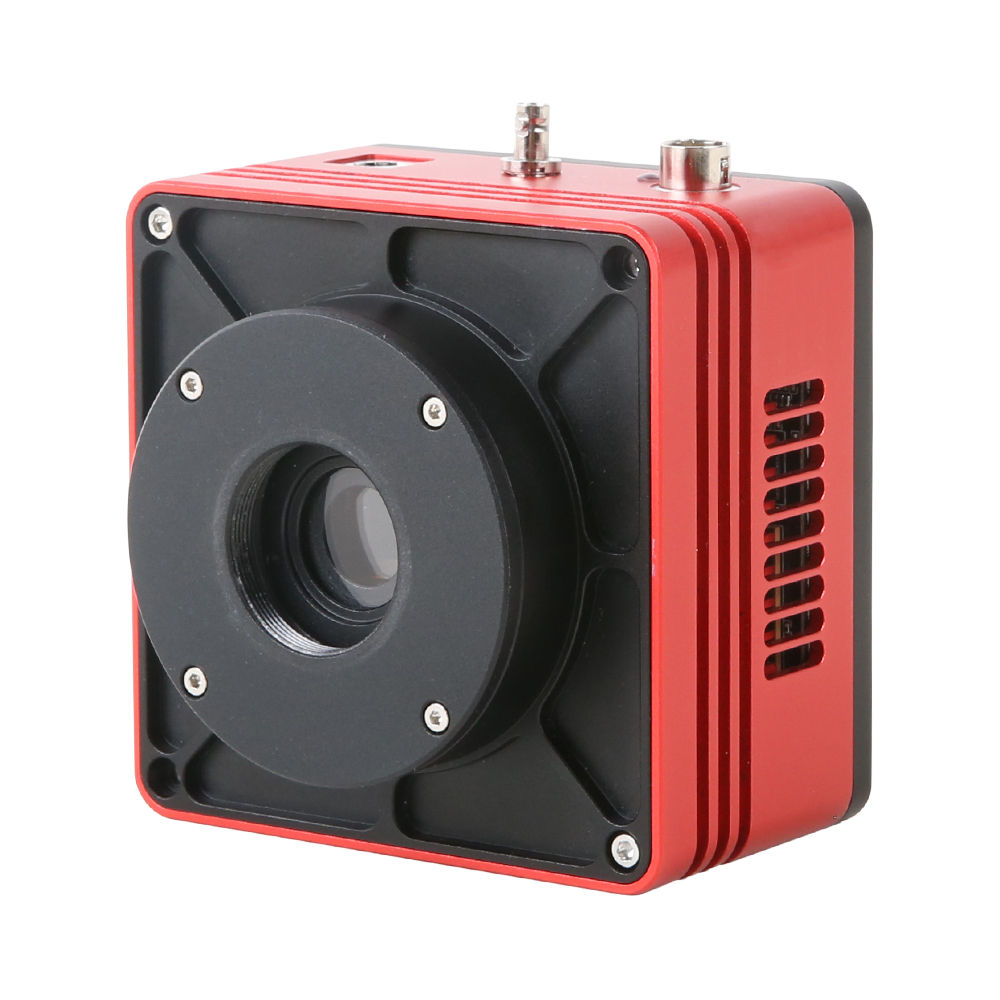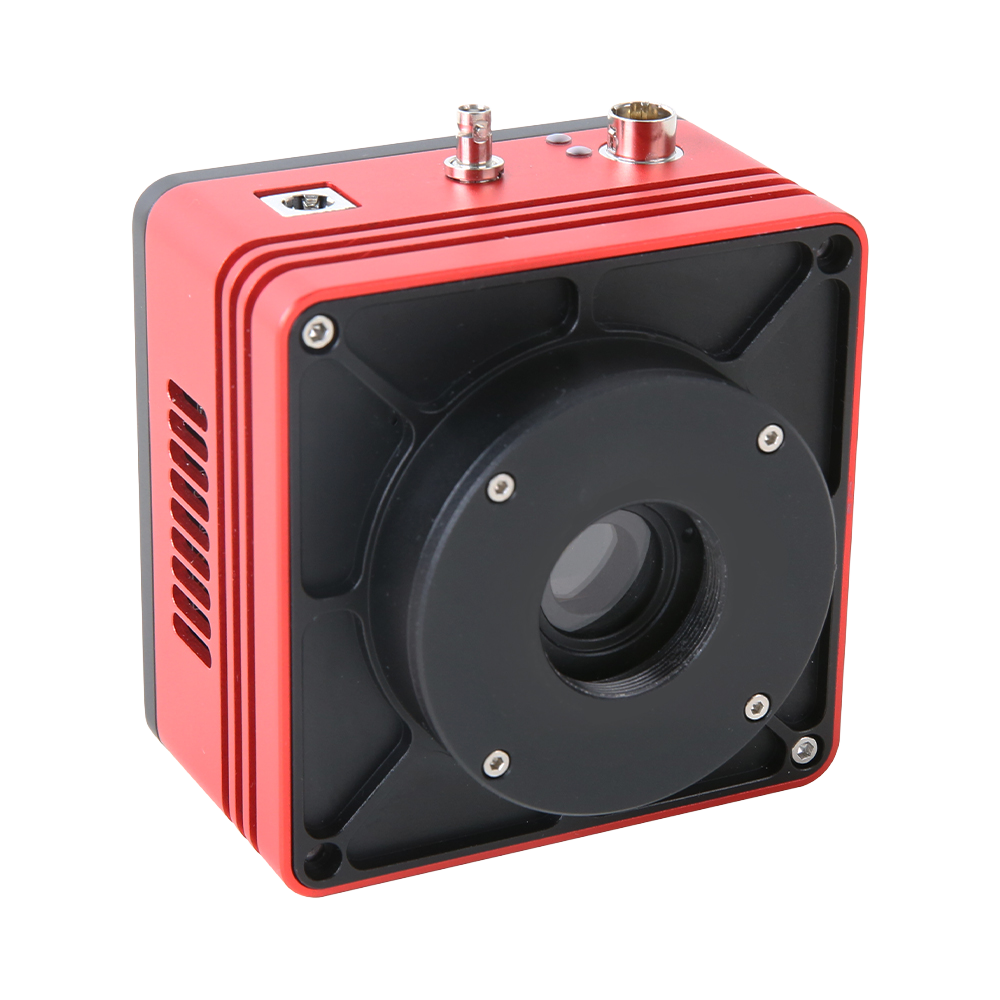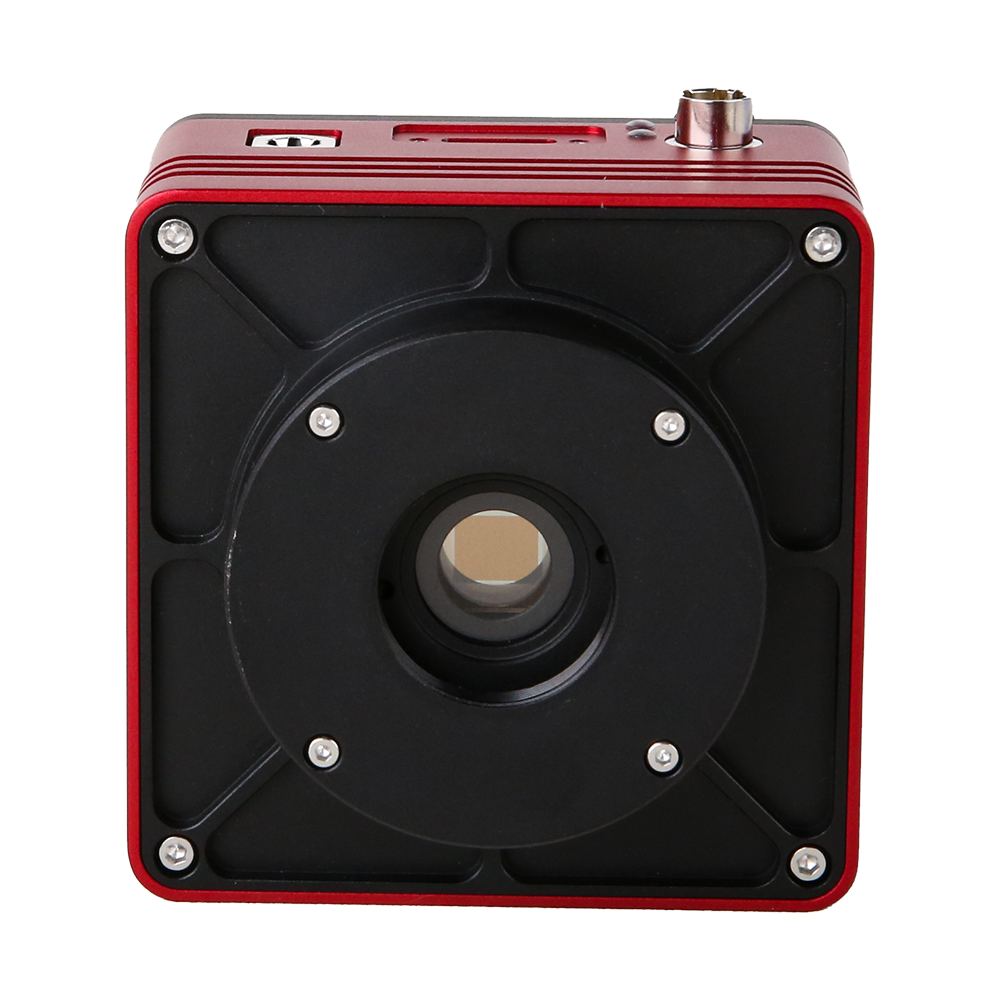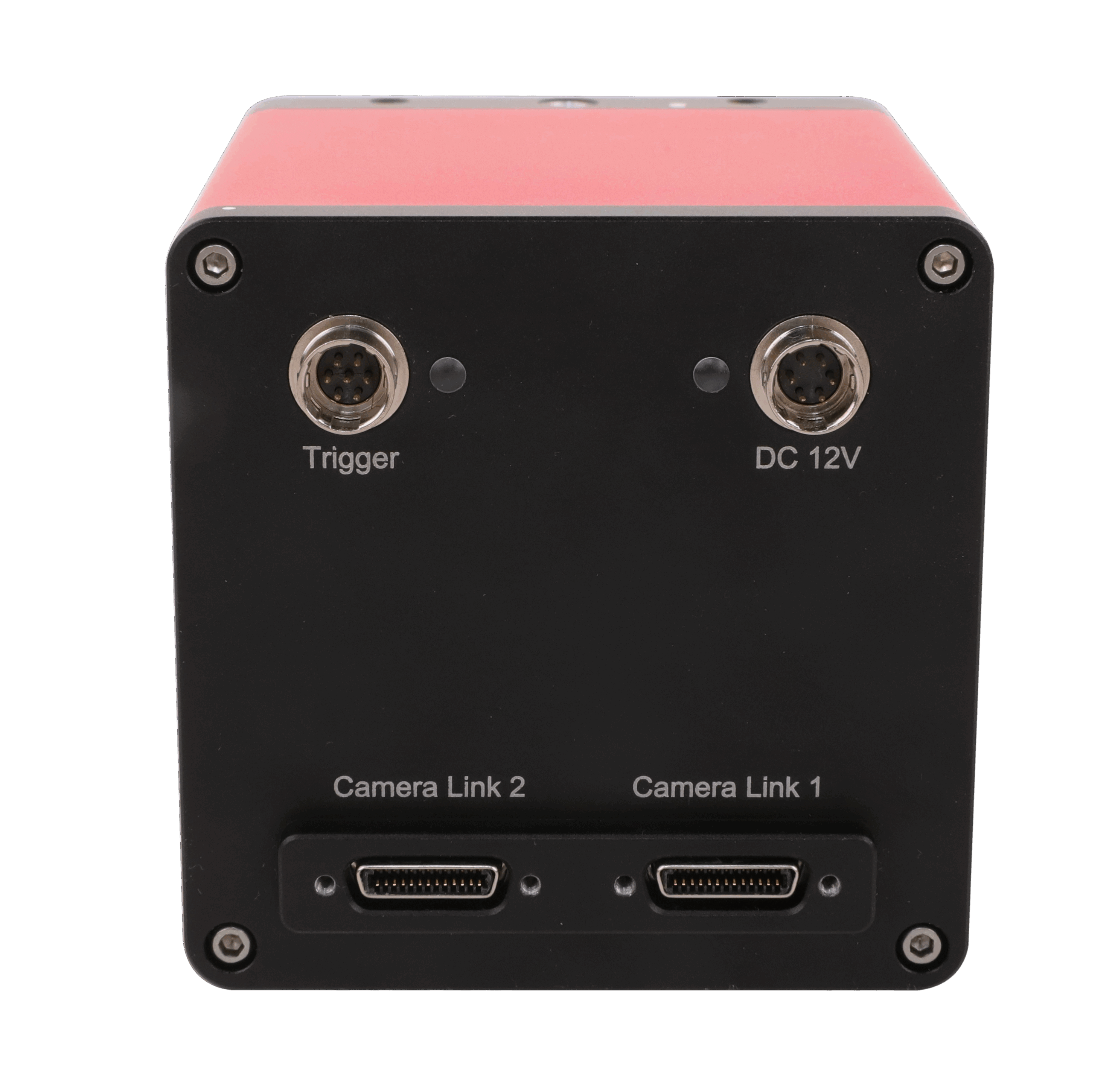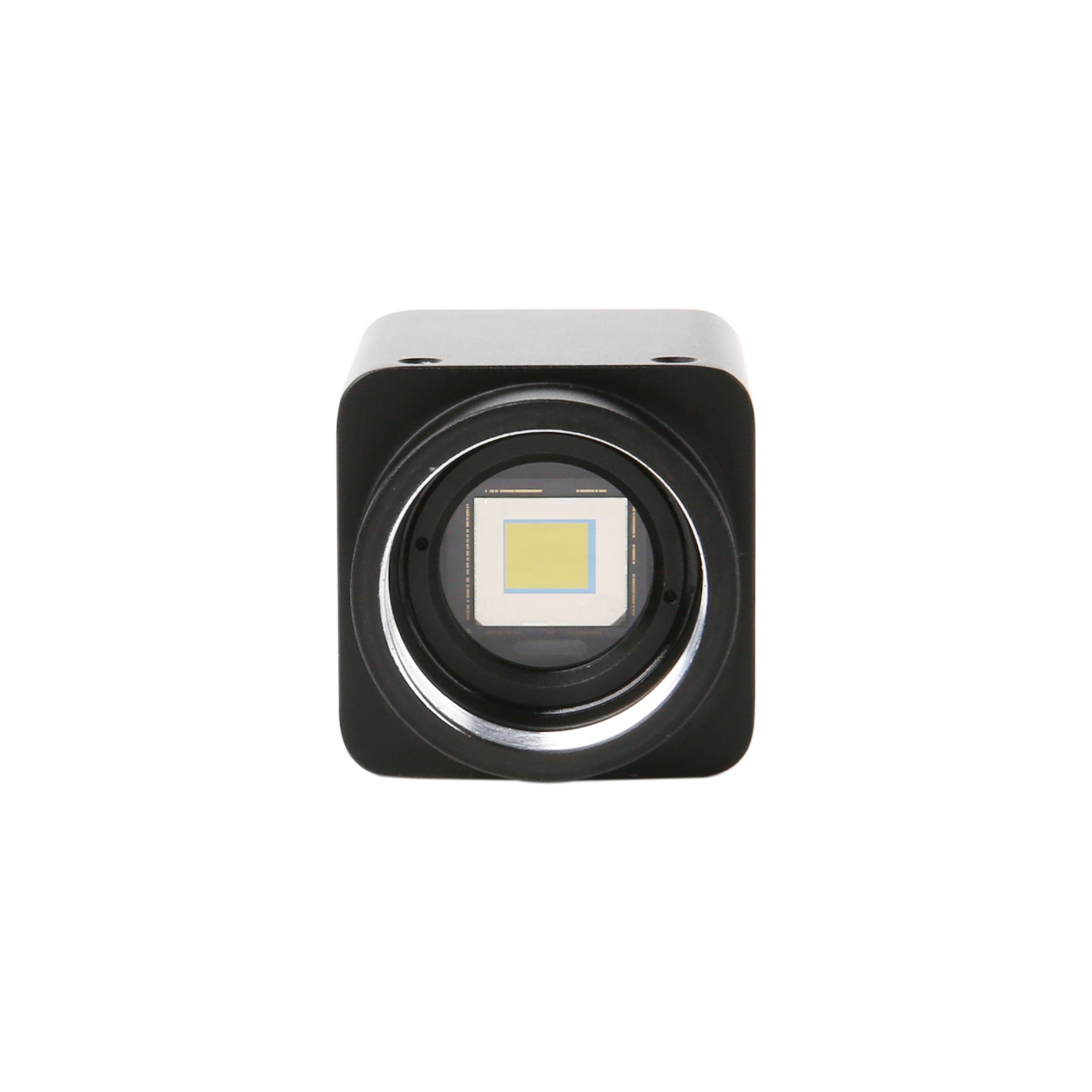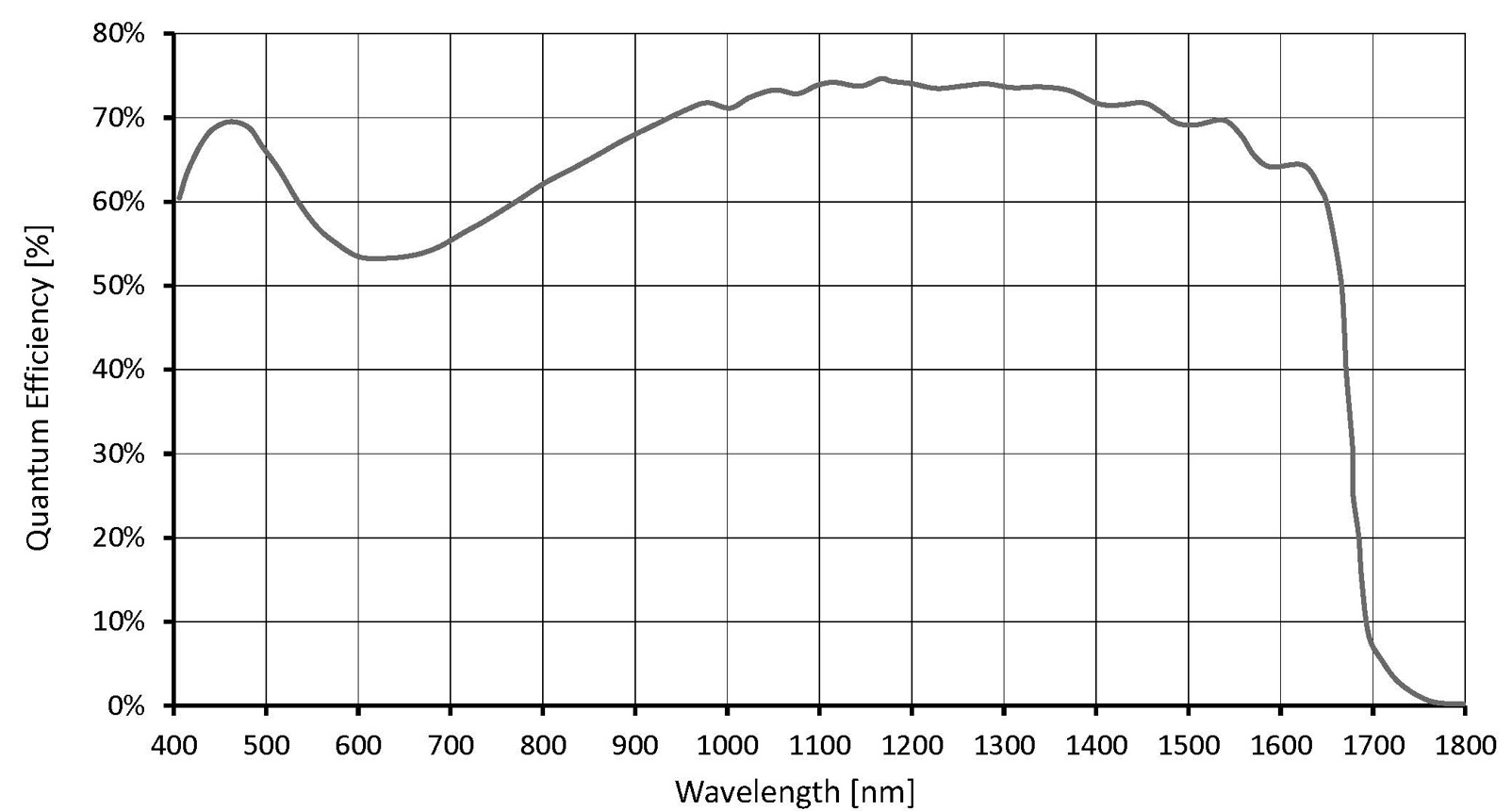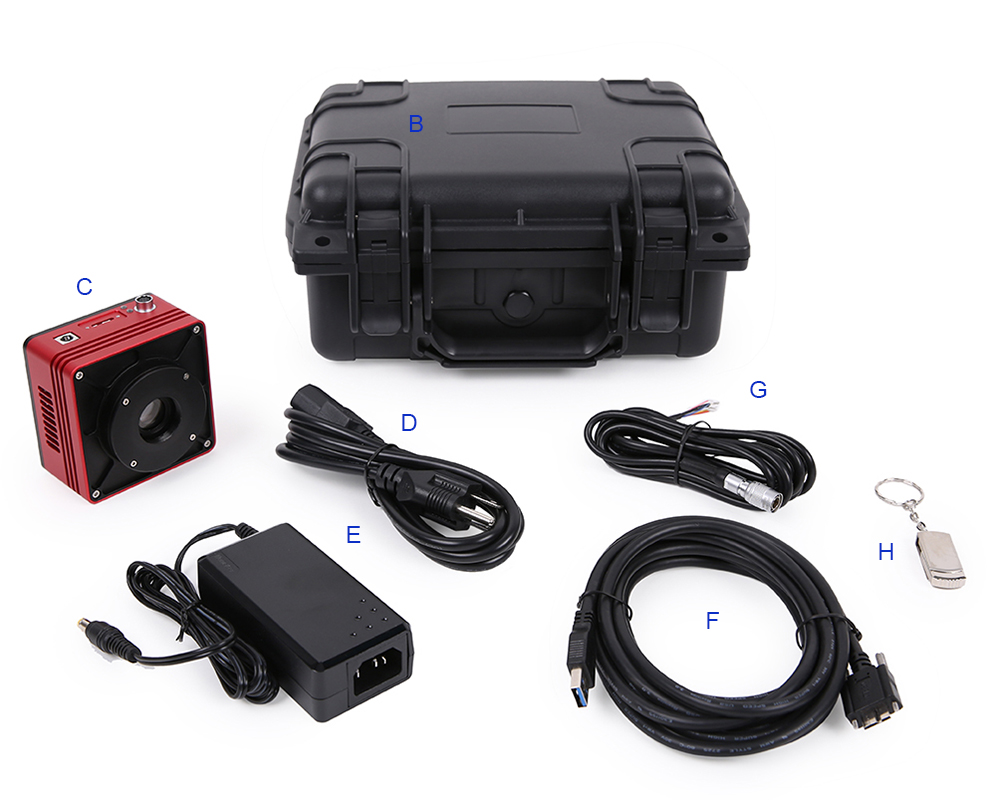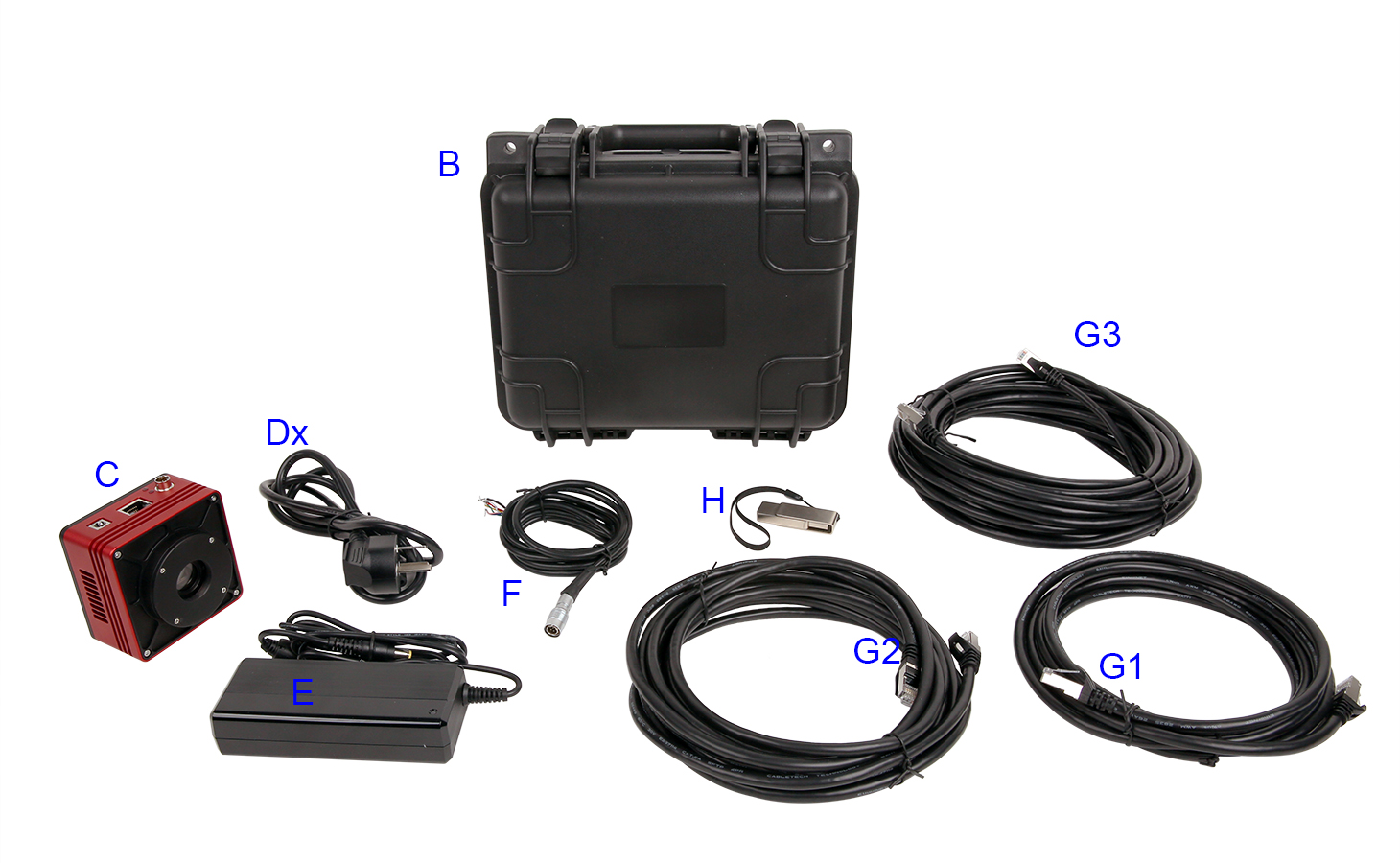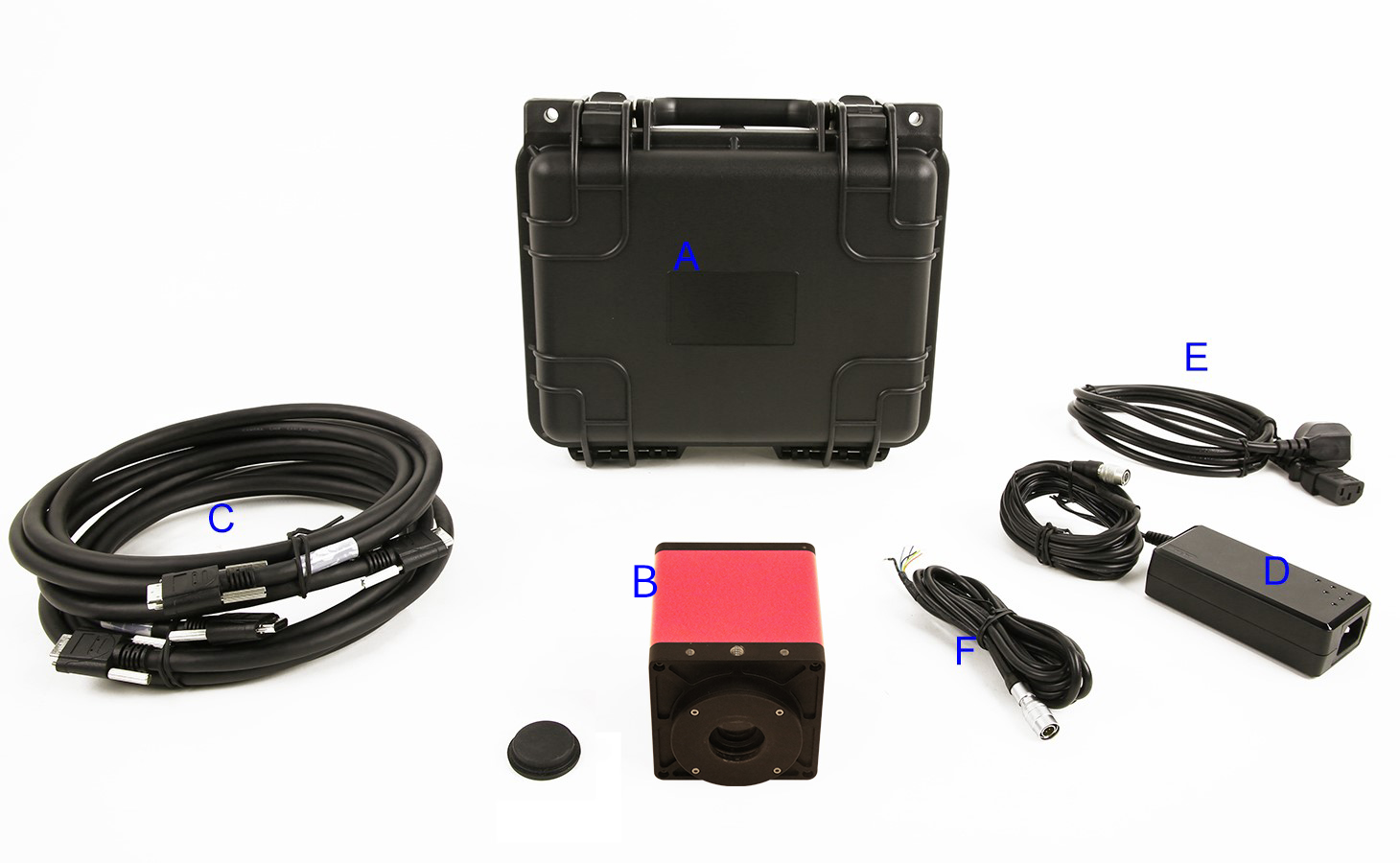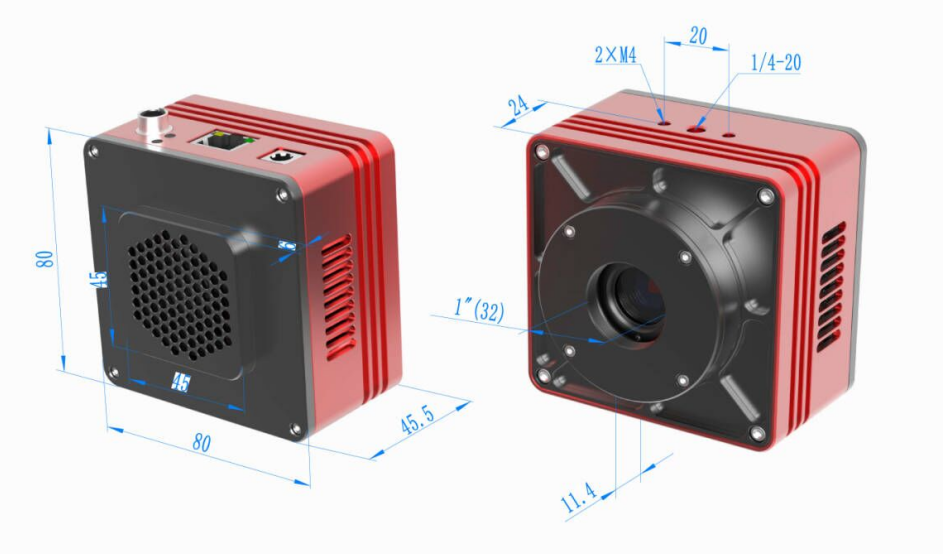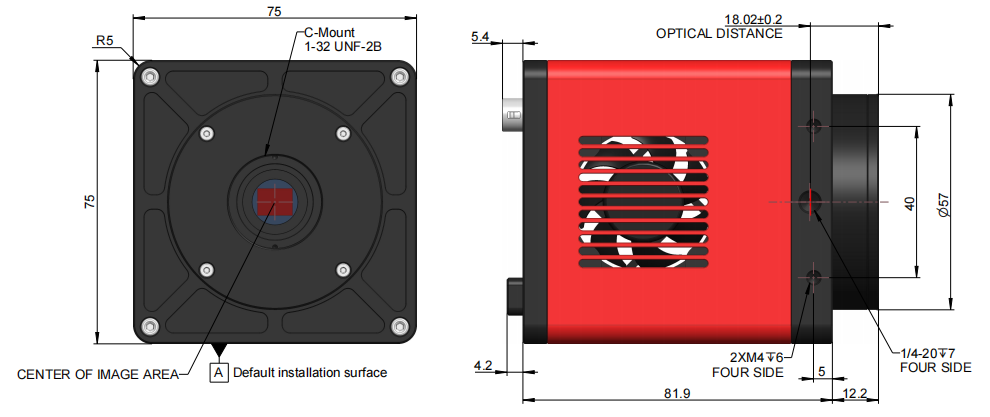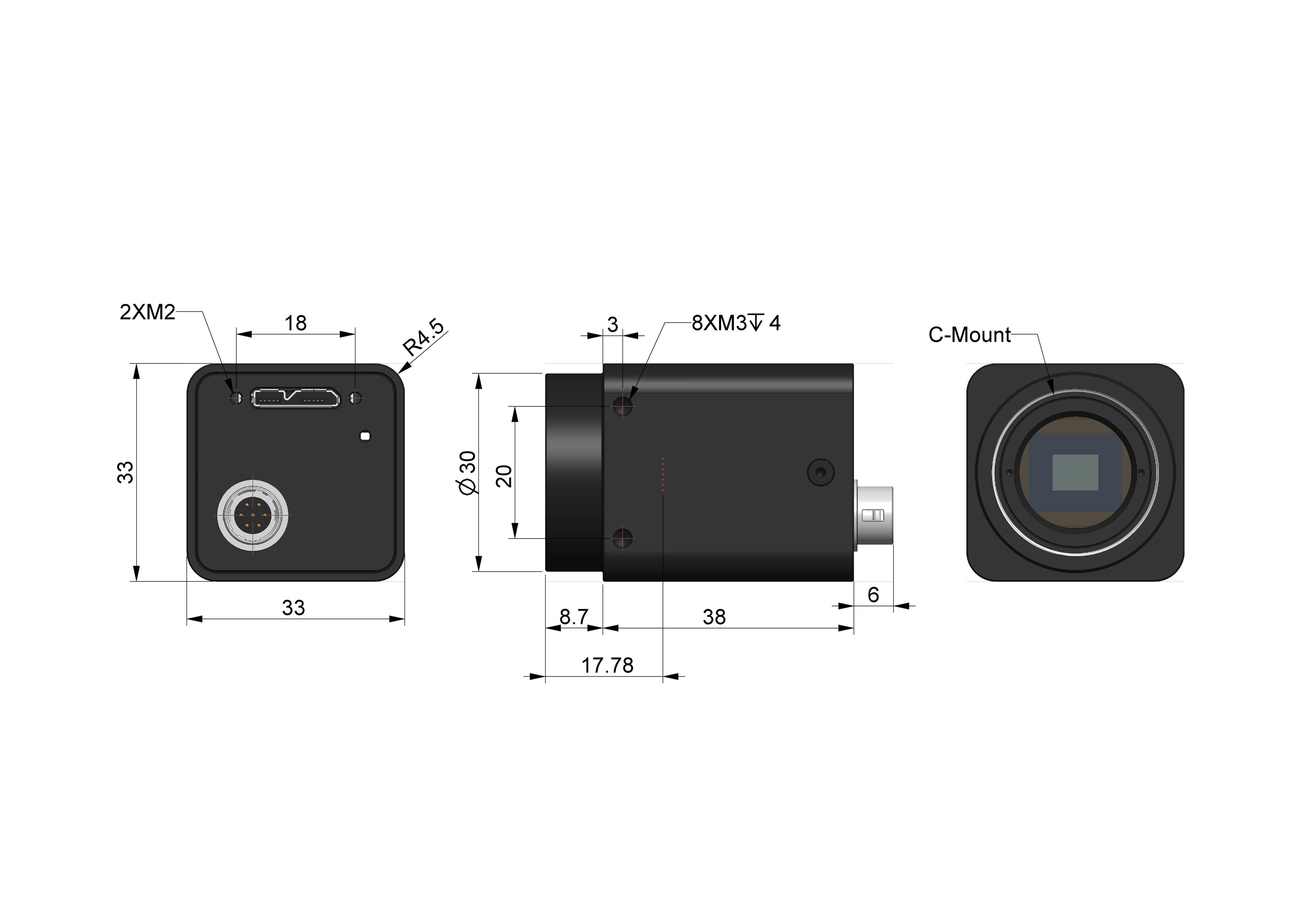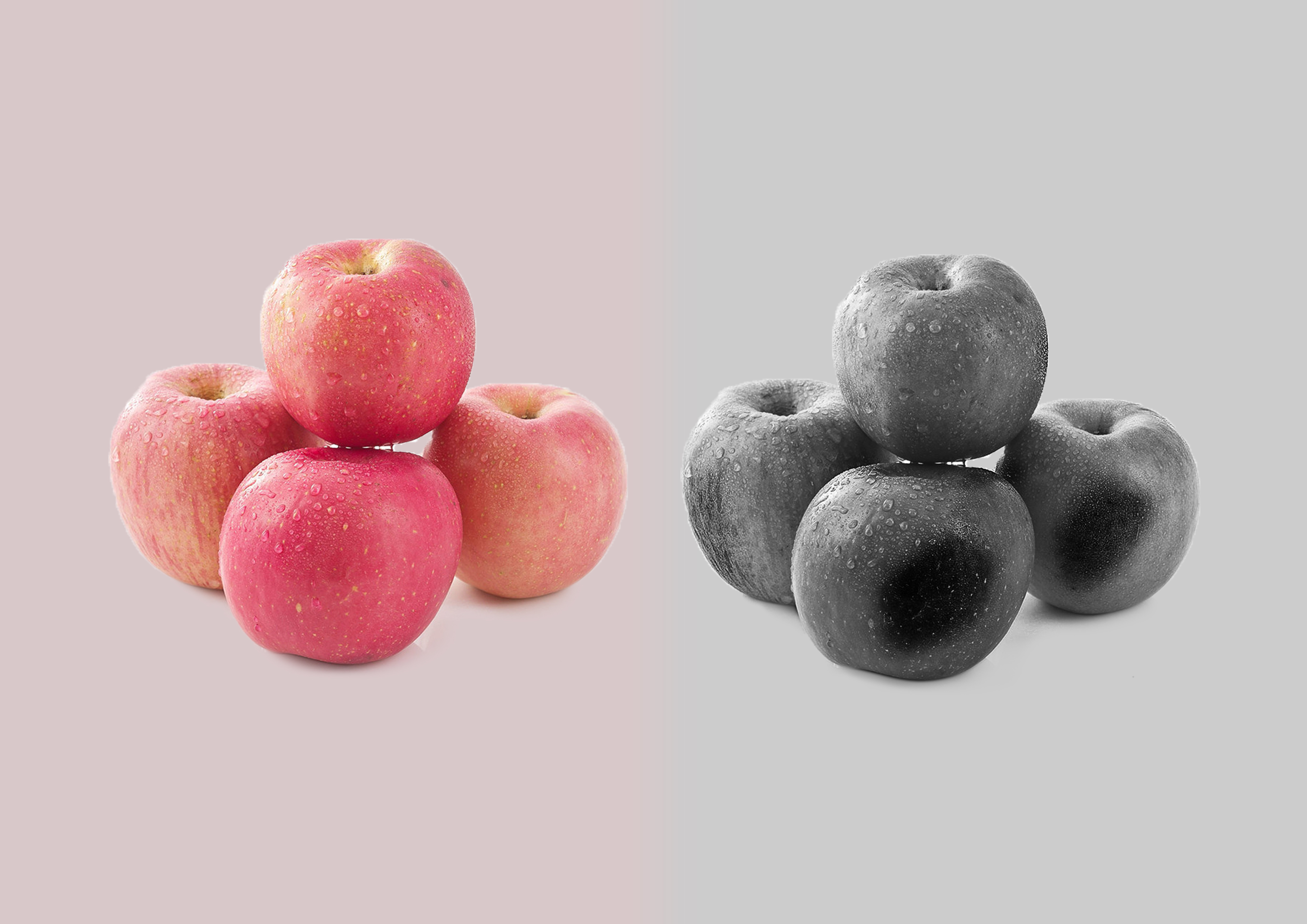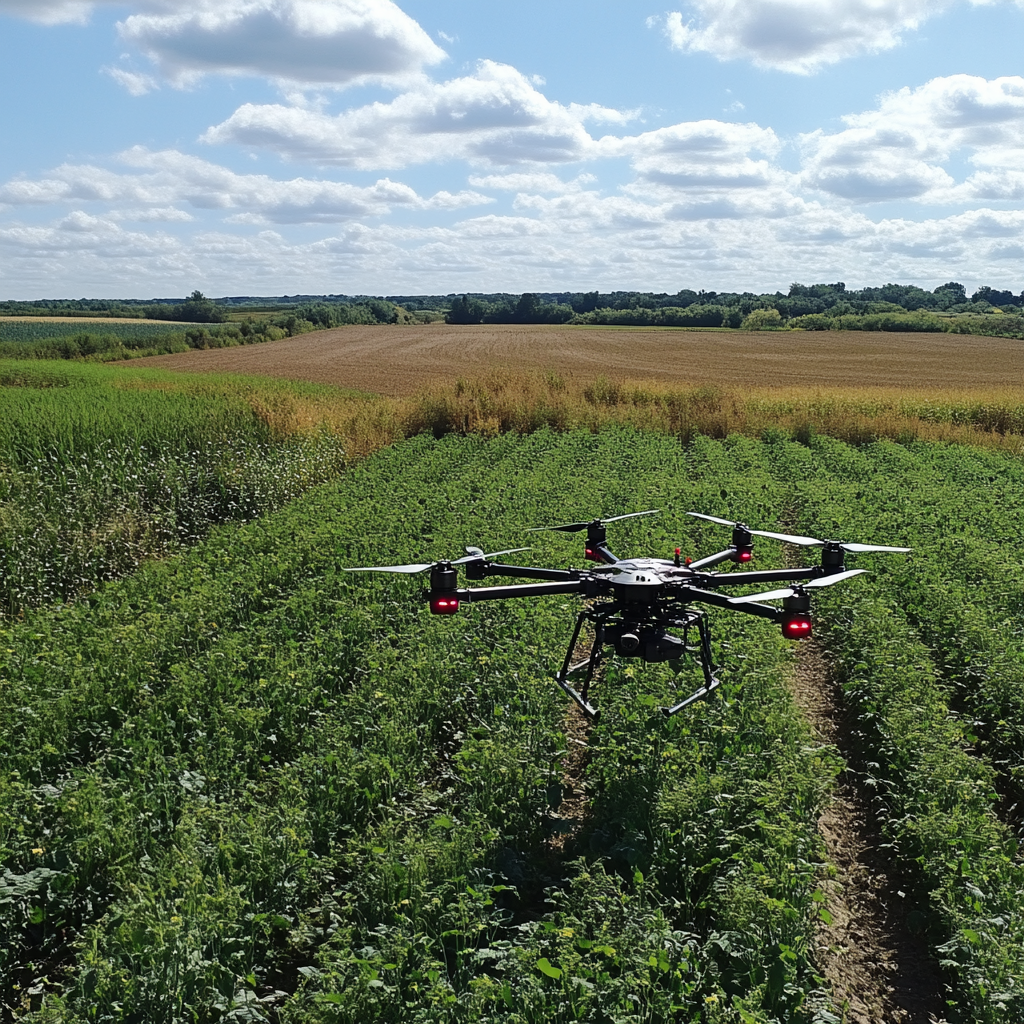400–1700 nm IMX993 3MP InGaAs Series Short-Wave Infrared Camera
Product Introduction
The Sony IMX993 SenSWIR InGaAs sensor features 2048×1536 resolution with 3.45 µm pixel size, covering the 400–1700 nm spectral range. It supports USB3, 10GigE, CoaXPress, CameraLink, and GigE interfaces, with optional cooled or uncooled configurations, balancing high speed and high image quality.
Product Features
- Sony IMX993 SenSWIR InGaAs sensor, 3.45 µm
- 400–1700 nm spectral coverage
- Multi-interface support: USB3 / 10GigE / CoaXPress / CameraLink / GigE
- Deep cooling and uncooled options available
- Global shutter, high-speed acquisition
- 12-bit depth (some models support 8/10/12-bit)
- Hardware ROI, external triggering
- 512 MB buffer (model dependent)
- CE / FCC certified, multi-platform SDK
Product Models
Choose the best 400–1700 nm IMX993 3MP InGaAs Series Short-Wave Infrared Camera model for your application needs
| Model | Sensor | Resolution | Pixel Size | Frame Rate | Data Interface | Dynamic Range | Action |
|---|---|---|---|---|---|---|---|
| SWIR3000KMA |
Sony IMX993-AABA-C (InGaAs)
7.07 mm × 5.3 mm
|
3.0 MP (2048×1536) | 3.45 µm × 3.45 µm |
93 fps @ 2048×1536
176 fps @ 1024×768
|
USB3 |
51.36 dB (HCG); 51.47 dB (LCG)
|
View Details |
| SWIR3000KMA-10G |
Sony IMX993-AABA-C (InGaAs)
7.07 mm × 5.3 mm
|
3.0 MP (2048×1536) | 3.45 µm × 3.45 µm |
220 fps @ 2048×1536
415 fps @ 1024×768
|
10GigE |
51.36 dB (HCG); 51.47 dB (LCG)
|
View Details |
| SWIR3000KMA-CXP |
Sony IMX993-AABA-C (InGaAs)
7.07 mm × 5.3 mm
|
3.0 MP (2048×1536) | 3.45 µm × 3.45 µm |
173 fps @ 2048×1536
328 fps @ 1024×768
|
CoaxPress |
51.36 dB (HCG); 51.36 dB (LCG)
|
View Details |
| SWIR3000KMB |
Sony IMX993-AABJ-C (InGaAs)
7.07 mm × 5.3 mm
|
3.0 MP (2048×1536) | 3.45 µm × 3.45 µm |
93 fps @ 2048×1536
176 fps @ 1024×768
|
USB3 |
51.36 dB (HCG); 51.47 dB (LCG)
|
View Details |
| SWIR3000KMB-UMV |
Sony IMX993-AABJ-C (InGaAs)
7.07 mm × 5.3 mm
|
3.0 MP (2048×1536) | 3.45 µm × 3.45 µm |
93 fps @ 2048×1536
176 fps @ 1024×768
|
USB3 |
51.36 dB (HCG); 51.47 dB (LCG)
|
View Details |
| SWIR3000KMB-GMV |
Sony IMX993-AABJ-C (InGaAs)
7.07 mm × 5.30 mm
|
3.0 MP (2048×1536) | 3.45 µm × 3.45 µm |
37 fps @ 2048×1536
18.5 fps @ 2048×1536 (12-bit)
|
GigE |
51.36 dB (HCG); 51.47 dB (LCG)
|
View Details |
| SWIR3000KMA-CL150 |
Sony IMX993-AABA-C (InGaAs)
7.07 mm × 5.3 mm
|
3.0 MP (2048×1536) | 3.45 µm × 3.45 µm |
150 fps @ 2048×1536
300 fps @ 1024×768
|
CameraLink |
51.36 dB (HCG); 51.47 dB (LCG)
|
View Details |
Quantum Efficiency Curve #
IMX993 SenSWIR 400–1700 nm typical quantum efficiency response
Package Contents #
Standard accessories and packing information
- A Outer shipping carton (not pictured): L 28.2 cm × W 25.2 cm × H 16.7 cm
- B 3-A protective instrument case: L 28 cm × W 23.0 cm × H 15.5 cm (1 pc, 2.8 kg per case)
- C SWIR 400–1700 Series USB cooled camera
- D AC power cable (CN/US/EU/UK: D1/D2/D3/D4, not pictured)
- E Power adapter: Input AC 100–240 V 50/60 Hz; Output DC 12 V 3 A
- F High-speed USB3 Type-A to Type-B gold-plated data cable (1.5 m)
- G External trigger cable
- H USB drive with drivers and application software
- A Outer shipping carton (not pictured): L 28.2 cm × W 25.2 cm × H 16.7 cm
- B 3-A protective instrument case: L 28 cm × W 23.0 cm × H 15.5 cm (1 pc, 2.8 kg per case)
- C SWIR 400–1700 Series GigE cooled camera
- D AC power cable (CN/US/EU/UK: D1/D2/D3/D4, not pictured)
- E Power adapter: Input AC 100–240 V 50/60 Hz; Output DC 12 V 3 A
- F External trigger cable
- G Ethernet cable: G1 3 m / G2 5 m / G3 10 m (G4 50 m not pictured)
- H USB drive with drivers and application software
- A Outer shipping carton (not pictured): L 28.2 cm × W 25.2 cm × H 16.7 cm
- B 3-A protective instrument case: L 28 cm × W 23.0 cm × H 15.5 cm (1 pc, 2.8 kg per case)
- C SWIR 400–1700 Series CoaXPress cooled camera
- D AC power cable (CN/US/EU/UK: D1/D2/D3/D4, not pictured)
- E Power adapter: Input AC 100–240 V 50/60 Hz; Output DC 12 V 3 A
- F CoaXPress cable
- G External trigger cable
- H USB drive with drivers and application software
- A Outer shipping carton (not pictured): L 28.2 cm × W 25.2 cm × H 16.7 cm
- B 3-A protective instrument case: L 28 cm × W 23.0 cm × H 15.5 cm (1 pc, 2.8 kg per case)
- C SWIR 400–1700 Series USB uncooled camera
- D High-speed USB3 Type-A to Type-B gold-plated data cable (1.5 m)
- E External trigger cable
- F USB drive with drivers and application software
Product Dimensions #
Dimensional drawings for each interface and cooling configuration
IMX993 / IMX992 / IMX991 / IMX990 Sensor Comparison
Key specifications of the 400–1700 nm SenSWIR family (current model: IMX993)
This page highlights the IMX993 (3 MP, 2048×1536, 3.45 µm), which boosts full-resolution frame rates while preserving image quality. Compare it with IMX992 (5 MP), IMX990 (1.3 MP), and IMX991 (VGA) below to choose the right model quickly.
| Sensor | Resolution | Pixel size | Spectral range | Typical full-resolution frame rate (per interface) | Bit depth | Dynamic range (typical) | Available interfaces |
|---|---|---|---|---|---|---|---|
| IMX993 Current model | 3.0 MP (2048×1536) | 3.45 µm | 400–1700 nm |
USB3: 93 fps; 10GigE: 220 fps; CoaXPress: 173 fps; CameraLink: 150 fps |
Up to 12-bit (select 8/10/12-bit modes) | ≈51.36 / 51.47 dB (HCG/LCG) | USB3 / 10GigE / CoaXPress / CameraLink / GigE |
| IMX992 | 5.0 MP (2560×2048) | 3.45 µm | 400–1700 nm |
USB3: 61.9 fps; 10GigE: 145 fps; CoaXPress: 131 fps; CameraLink: 124 fps |
Up to 12-bit (select 8/10/12-bit modes) | ≈51.36 / 51.47 dB (HCG/LCG) | USB3 / 10GigE / CoaXPress / CameraLink / GigE |
| IMX990 | 1.3 MP (1280×1024) | 5.0 µm | 400–1700 nm |
USB3: 200 fps; GigE: 90 fps; CoaXPress: 134 fps; CameraLink: 183 fps |
8/12-bit | ≈58.7 dB | USB3 / GigE / CoaXPress / CameraLink |
| IMX991 | 0.33 MP (640×512) | 5.0 µm | 400–1700 nm |
USB3: 400 fps; GigE: 257.8 fps; CoaXPress: ≈258 fps (656×520); CameraLink: 350 fps |
8/12-bit | ≈59.6–59.7 dB | USB3 / GigE / CoaXPress / CameraLink |
Frequently Asked Questions
Learn more about SWIR short-wave infrared camera technology

Deep Understanding of SWIR Cameras
Short-Wave Infrared (SWIR) cameras and their core sensors are important components of advanced imaging systems. SWIR technology covers the 900–1700 nanometer wavelength band and has excellent penetration capabilities in harsh environments, such as penetrating fog, smoke, and dust to achieve clear imaging under extreme conditions.
SWIR cameras primarily rely on short-wave infrared light reflection, similar to the visible light band, complementing the application range that thermal imaging cameras (LWIR) cannot cover, providing more complete imaging solutions. They are compact and flexibly integrated, making them easy to apply in various industrial and commercial systems.
The high resolution and high sensitivity of SWIR cameras can meet precision detection and high-requirement applications, capable of detecting minute changes and anomalies in samples, making them very suitable for quality control and defect detection. Some models support cooling, further ensuring imaging quality in high-temperature or high-noise environments.
To reduce system costs and improve integration efficiency, modern SWIR cameras commonly adopt standard optical interfaces and compact designs to accommodate broader application requirements. With the continuous development of imaging markets and technology, SWIR cameras have become one of the key technologies for high-end imaging and sensing in multiple industries due to their unique advantages.
Application Examples
Demonstration of SWIR camera applications in real-world scenarios
More Application Industry References
- Semiconductor Industry: Solar cell and chip inspection
- Agriculture: Spectral remote sensing applications via multirotor aircraft
- Recycling Industry: Material sorting of plastics, waste, and other materials
- Medical Imaging and Research: Hyperspectral and multispectral imaging
- Food Industry: Quality inspection and grading
- Beverage Industry: Liquid level detection in opaque containers
- Packaging: Seal inspection
- Glass Industry: High-temperature glass penetration defect detection
- Printing Industry: See-through hidden features
- Video Surveillance: Visual enhancement (e.g., smoke penetration)
- Security: Counterfeit detection, such as currency, wigs, or skin

